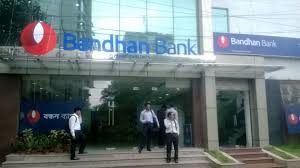
Bandhan Bank on Thursday reported a net profit of Rs1,111.95 crore for the financial year that ended on 31 March. A comparable year-ago figure wasn’t available because the lender started operations only in August 2015.
Net interest income, or the core income a bank earns by giving loans, was Rs2,403.50 crore. Gross advances were Rs23,543.29 crore and deposits stood at Rs23,229 crore.
Current and savings accounts at the end of the March quarter made up 29.43% of deposits. Bandhan Bank’s capital adequacy ratio, an indicator of financial strength expressed as a ratio of capital to risk-weighted assets, was 26.36%. The bank has 840 branches and 10.5 million customers.
Bandhan Bank, which converted from a microfinance institution to a full-fledged lender, kept its focus on borrowers who make up more than 90% of its loan book. Going forward, the bank intends to diversify into affordable housing and loans to micro enterprises.
According to Chandra Shekhar Ghosh, founding managing director and chief executive officer of Bandhan Bank, deposit and credit growth for the bank will continue to grow at 30%.
In the financial year 2016-17, the bank sold inter-bank participatory certificates worth Rs6,704.21 crore, which helped the bank boost its net interest margin.
The net interest margin, the difference between the rate a bank charges for loans and pays for deposits, for the year was close to 10%.
Under the inter-bank participatory certificates arrangement, banks can sell a part of their portfolio to other banks that are short of their targets for lending to the priority sector that includes agriculture and small businesses.



